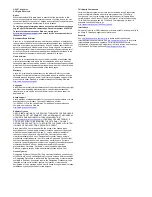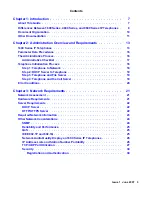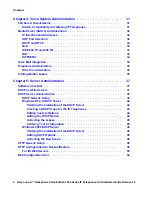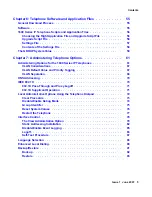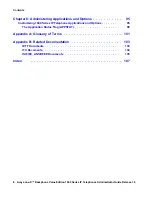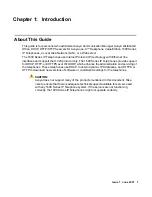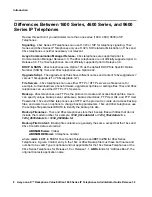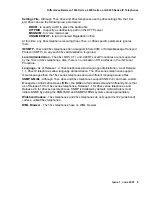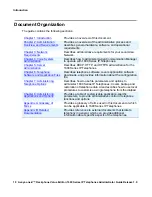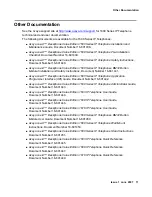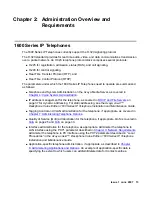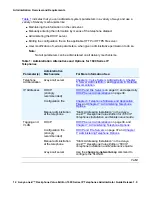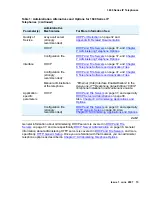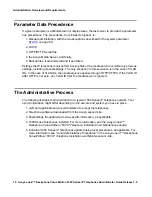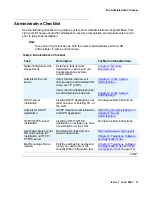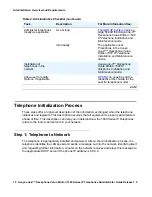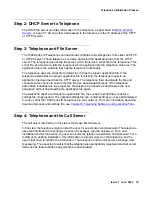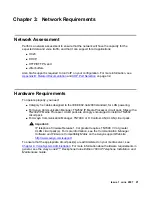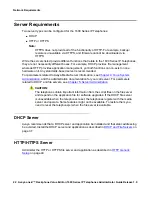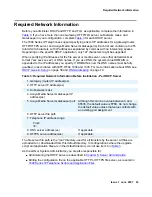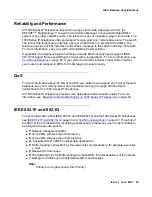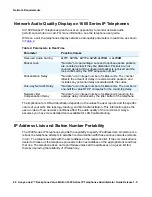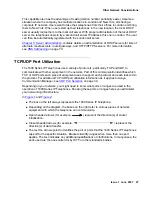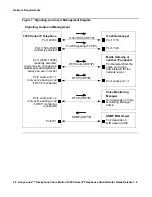
Issue 1 June 2007
13
Chapter 2: Administration Overview and
Requirements
1600 Series IP Telephones
The 1600 Series IP Telephones currently support the H.323 signaling protocol.
The H.323 standard provides for real time audio, video, and data communications transmission
over a packet network. An H.323 telephone protocol stack comprises several protocols:
●
H.225 for registration, admission, status (RAS), and call signaling,
●
H.245 for control signaling,
●
Real Time Transfer Protocol (RTP), and
●
Real Time Control Protocol (RTCP)
The parameters under which the 1600 Series IP Telephones need to operate are summarized
as follows:
●
Telephone and System Administration on the Avaya Media Server, as covered in
Chapter 4: Voice System Administration
.
●
IP address management for the telephone, as covered in
DHCP and File Servers
on
page 37 for dynamic addressing. For static addressing, see the
Avaya one-X™
Deskphone Value Edition 1600 Series IP Telephone Installation and Maintenance Guide
.
●
Tagging Control and VLAN administration for the telephone, if appropriate, as covered in
Chapter 7: Administering Telephone Options
.
●
Quality of Service (QoS) administration for the telephone, if appropriate. QoS is covered in
QoS
on page 25 and
QoS
on page 33.
●
Interface administration for the telephone, as appropriate. Administer the telephone to
LAN interface using the PHY1 parameter described in
Chapter 3: Network Requirements
.
Administer the telephone to PC interface using the PHY2 parameter described in “Local
Procedures” in the
Avaya one-X™ Deskphone Value Edition 1600 Series IP Telephone
Installation and Maintenance Guide.
●
Application-specific telephone administration, if appropriate, as described in
Chapter
8: Administering Applications and Options
. An example of application-specific data is
specifying the extent to which users can add/edit/delete data for Contacts entries.


